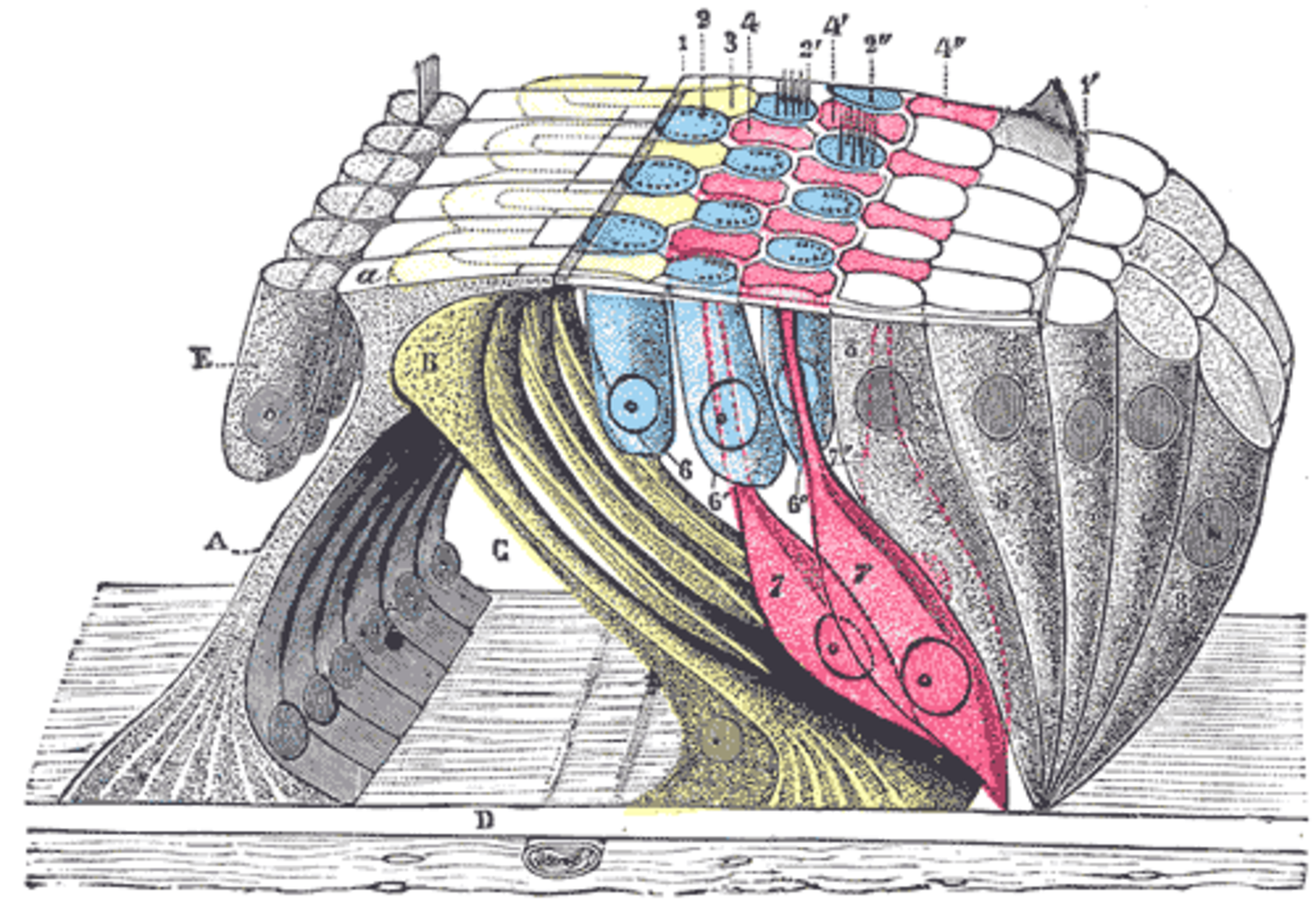Scientists have discovered how to coax stem cells to become hair cells, the structures that turn soundwaves into brainwaves in the inner ear.
Stanford researcher Stefan Heller and his colleagues, writing in Cell, first converted mouse skin cells into stem cells by adding four genes, Oct4, Sox2, Klf4, and cMyc. The resulting cells were then exposed to a host of different growth factors to chemically fool them into believing they were in certain parts of a developing embryo. This encouraged the cells to specialise or differentiate in a highly specific way. Finally the cells were grown next to a different batch cells taken from the inner ear region of a chicken, which pursuaded them to turn into fully-fledged hair cells that were mechanically sensitive in the same way as their genuine counterparts.
 These cells, of which there are about 15,000 in each human ear, carry thin hair-like projections at one end of the cell. In the intact ear, these hairs, known as stereo cilia, vibrate in sympathy with soundwaves entering the inner ear to produce nerve signals that are transmitted to the brain's hearing areas.
These cells, of which there are about 15,000 in each human ear, carry thin hair-like projections at one end of the cell. In the intact ear, these hairs, known as stereo cilia, vibrate in sympathy with soundwaves entering the inner ear to produce nerve signals that are transmitted to the brain's hearing areas.
Unfortunately, the relative scarcity of these cells, coupled with the difficulty scientists have experienced in trying to grow them prior to now, means that they are only poorly understood.
Yet one person in three is set to develop hearing problems in later life as a direct result of the loss or dysfunction of these cells because humans and other mammals, unlike birds, can't regenerate the cells if they are lost or damaged.
But now, say the scientists, the ability to produce large numbers of them means that it will become much easier to study how these cells can be protected chemically from age or sound-related damage, and even how to replace them.
"Perhaps the most promising strategy for taking advantage of this new source for hair cells is high-throughput screening for drugs to awaken mammals' lost ability to regenerate hair cells in the way that other animals can," says Heller.









Comments
Add a comment